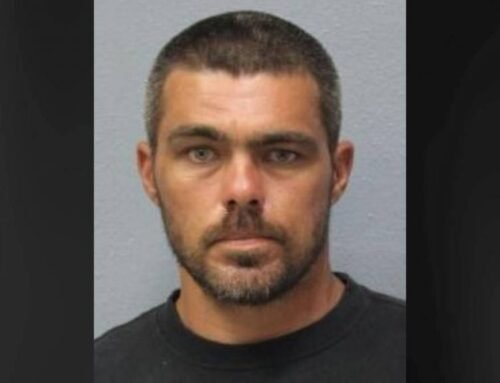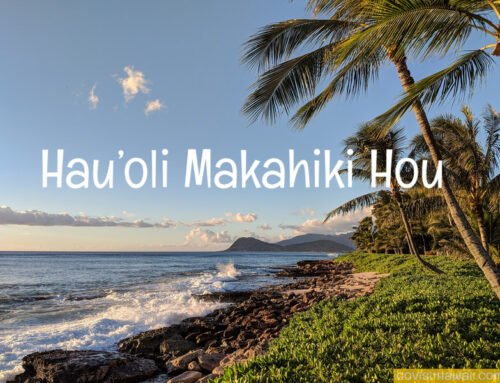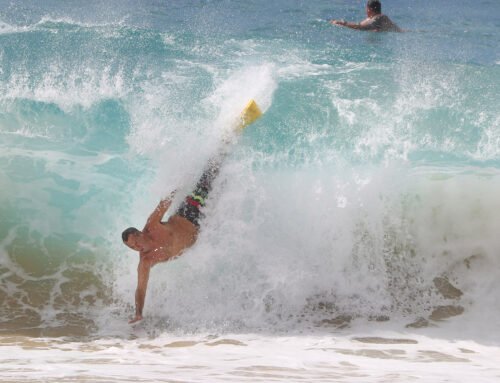The Department of the Interior recently issued a memo that made organizations like Kua‘āina Ulu ‘Auamo (KUA) take notice. The National Park Service memo said it would manage federal parks in collaboration with indigenous peoples and tribal entities.
KUA’s name means “grassroots growing through shared kuleana — responsibility.” KUA serves several statewide grassroots malama aina networks — E Alu Pū, Hui Mālama Loko Iʻa, the Limu Hui.
A culture that supports and promotes co-stewardship and community-based management is at the core of KUA’s work. Uncle Mac Poepoe of Moomomi, Molokai, one of our founding kupuna, was ahead of his time when in 2002 — two decades ago — he expressed the view that communities around Hawaii could benefit from learning directly from one another how to better malama aina.
And they have. They also learned they need to build their capacity and support the capacity of responsible, accountable, resourced partners and relationships.
The prospect of state and grassroots collaboration and sharing power to malama their places for the long-term well-being of the aina resonates with us. We see results in places like Haena on Kauai where the Hui Makaʻāinana o Makana is taking stock of its progress after five years of their Community Based Subsistence Fishing Area rules.
They are happy to report positive results from their sustained collective efforts to perpetuate their culture and sense of community through restoration and management of their ahupuaa.

Further, beyond more abundant fisheries, conservative estimates of community volunteerism in these cases are valued at close to a quarter of a million dollars for our state and the community has greater control over tourism access and impact on their place.
Lastly, if effective management is a key driver for us, all it takes is a look at the state’s 30 x 30 initiative to see that, of the current 58 or so areas that have some kind of designation, the only areas with management plans are at Haena and Milolii. These are plans primarily led by and created by the community.
More recently, we celebrated the ratification by Gov. David Ige of the CBSFA rules of another community on Hawaii island — Milolii. It was a journey that took too long — 17 years to be exact — but we see signs of progress and greater responsiveness in how state agencies like the Department of Land and Natural Resources and the Division of Aquatic Resources work with grassroots communities.
The Department of the Interior memo reinforces our optimism. We believe in the wisdom of communities and families who for generations lived in and know the places they call home intimately.
They know the flora and the fauna of the land and shoreline and what is fragile and in need of protection. They are quick to recognize vulnerability, abundance of depletion.
Over time they developed sentiments of aloha aina, love for the source which feeds us. They developed practices of malama aina, care for the source which feeds us.
These virtues helped to ensure the health and abundance of the ecosystems and life they support. This included the many species of plant and animal, marine and land creatures that also call these places home.
Today our environment, our unique ecosystems, our fundamental biological and economic infrastructure, suffer from prolonged deferred maintenance. It is time to re-invest in this infrastructure.
Optimism In Difficult Times
My recent visit with National Park Services officials in Washington, D.C., left me with a new optimism in these difficult times. Through our international and national networks we’ve had the opportunity to connect with indigenous and local community groups committed to protecting the endangered places they call home.
I am greatly encouraged by the words of the National Parks Service Director Chuck Sams who pointed out, “Through increased and collaborative engagement with Tribes, Alaska Native entities, and the Native Hawaiian Community, we will make better land management decisions, acknowledge and hopefully heal some deep wounds, benefit from Traditional Ecological Knowledge, and better interpret the history of the lands we administer and all the plants and animals that live in them.”
Communities around Hawaii could benefit from learning directly from one another how to better malama aina.
It’s an aspiration we in Hawaii and certainly all the networks KUA serves dedicate themselves to anew. KUA Hawaii has a seat on the inaugural steering committee of America the Beautiful for All.
This coalition will work with other frontline organizations, Indigenous and other communities of color, mainstream green groups, wildlife and ocean organizations, hunters and anglers, businesses, land trusts, and others to conserve, connect, and restore at least 30% of land, water and ocean by 2030 to minimize species loss and ensure that communities everywhere benefit from and share equally in the responsibility to care for the gifts of nature.
This collective effort is expected to counter the impacts of climate change for all and is greatly aided by the Justice40 metric announced by President Joe Biden soon after he took office. For the first time in this country’s history, the federal government has made it a goal that 40% of federal investments in areas such as clean energy, affordable housing, remediation of legacy pollution, clean water and wastewater treatment infrastructure flow to disadvantaged communities.
These are the communities typically overlooked and disproportionately burdened by pollution.
This federal commitment must be matched by a similar commitment at the state level. It is our kuleana to identify and address with greater speed, efficiency, and equity, the disproportionate burdens placed on some of the more remote and overlooked communities here at home.
The people who know, love and have been responsible stewards of their lands deserve more attention and investment than provided them to date. Isn’t it time that our state agencies ensure that at least 40% of our investment in critical areas of infrastructure go to communities and places that have been too long overlooked and neglected?
Isn’t it time to measure ourselves and our policymakers by this standard? I think it is.







Leave A Comment